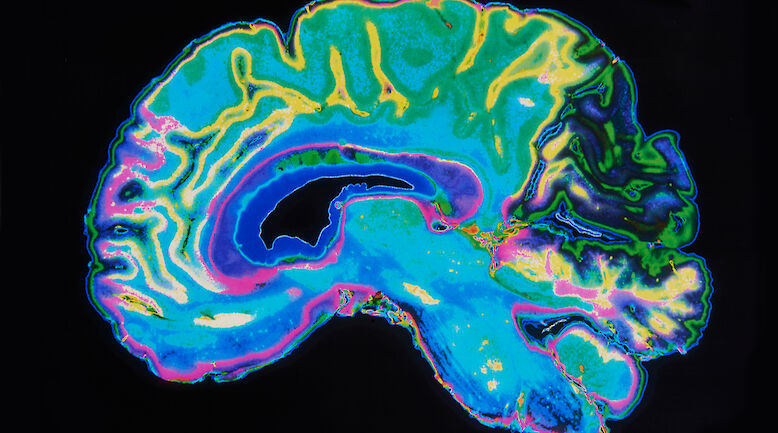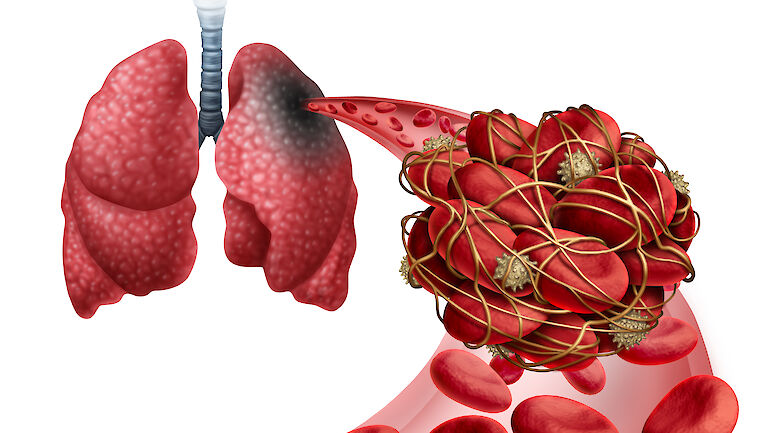English summary: Time trends in educational disparities in health and well-being in the Finnish population from 2000 to 2011

Background
The general health of the Finnish population has improved over recent decades. However, disparities in health and well-being remained at a similar level or even increased between the early 1980s and the beginning of the 2000s. The most recent time trends in socioeconomic differences in health and well-being have not been previously reported in Finland.
Methods
The study is based on the longitudinal population survey Health 2000/2011, which includes a health interview and questionnaire data on the most important public health problems and well-being indicators. For the Health 2000 Survey, a representative sample of the Finnish population aged 30 and over living in mainland Finland on 30th June 2000 was collected by two-stage stratified cluster sampling. The invitation to participate in the Health 2011 survey was sent to all persons who had been included in the sample of the Health 2000 survey. The number of participants aged 30-74 was 6107 in the year 2000 and 5164 in the year 2011.
Educational level was defined according to Statistics Finland’s Register of Completed Education and Degrees, and was classified into basic, intermediate and high level of education. The indicators for health and well-being covered by this study were self-rated health, chronic illness, unmet need for physician care, psychological distress, difficulty of walking half a kilometer, cognitive functioning (CERAD word list recall), self-reported working capacity, smoking, vegetable consumption, perceived sufficiency of income and unemployment.
Results
Level of education was associated with nearly all of the examined indicators of health and well-being; those with the highest level of education reported better health and well-being compared to those with the lowest level of education. During the study period, the differences between educational groups narrowed for chronic illness among both sexes, for self-rated health among men, and for cognitive functioning and perceived sufficiency of income among women. Educational-level disparities were marked and stable in relation to vegetable consumption, difficulty of walking half a kilometer, working capacity and unemployment. However, educational-level differences increased for smoking especially among women, as the prevalence of daily smoking increased among persons with the lowest level of education and decreased among those with the highest educational level.
Conclusion
Health and well-being have improved for the Finnish population. However, wide educational disparities have remained during the first 11 years of the 21st century according to most dimensions for health and well-being. Furthermore, it is alarming that educational-level differences have increased in regard to smoking especially among women.












